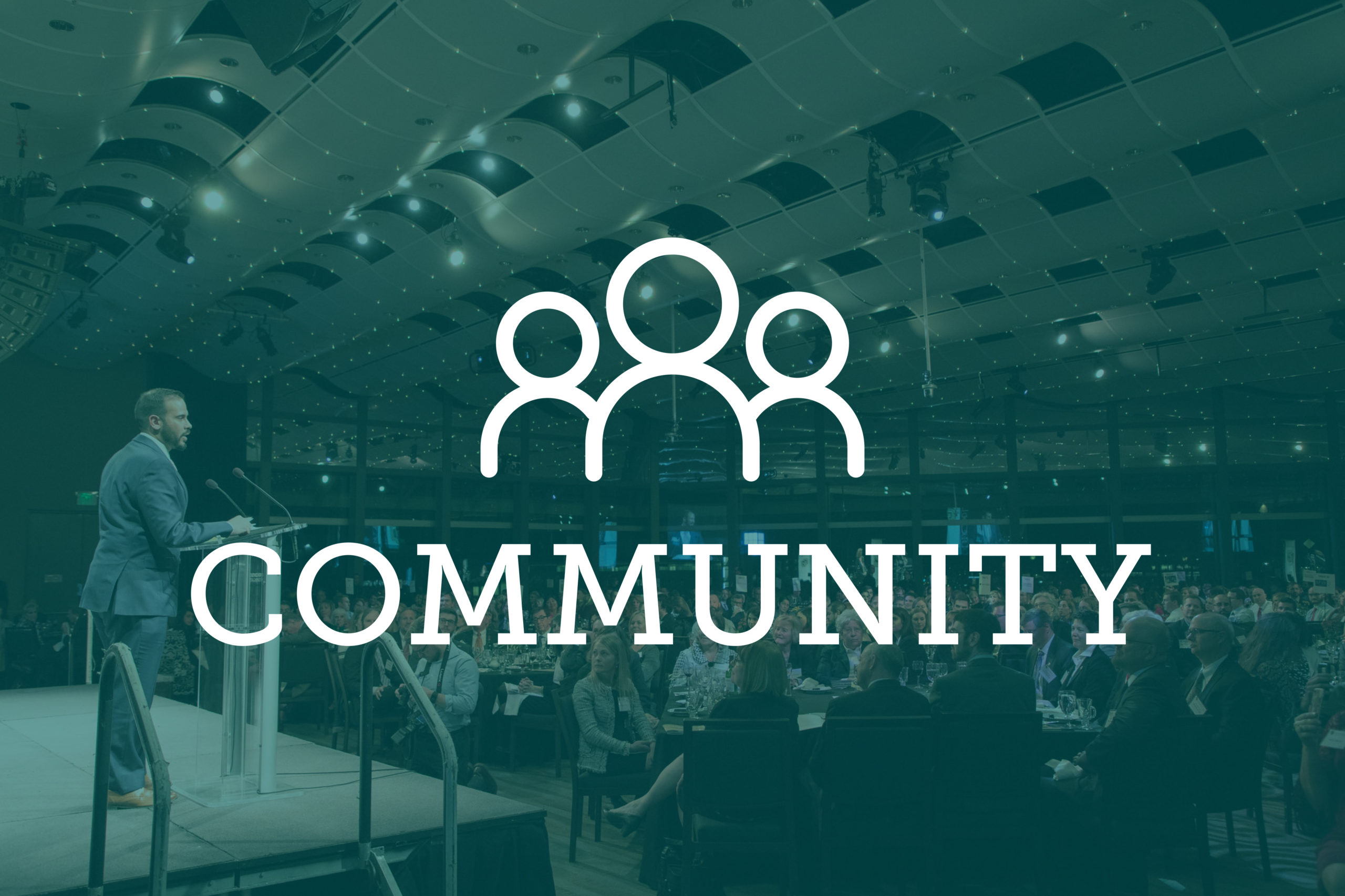

A new report from the Institute for the Advancement of the American Legal System provides a snapshot of the public’s views of the courts beyond the bare numbers.
The report, “Public Perspectives on Trust & Confidence in the Courts,” takes a qualitative approach to understanding what drives public perceptions and attitudes toward the legal system. The researchers hope the report will give courts and policymakers ideas about what they can do to improve trust in the courts.
“We see surveys and polls and that sort of thing come out pretty frequently on this topic,” said Logan Cornett, senior research analyst at IAALS. “So what we wanted to do was conduct some in-depth, long-form, semi-structured interviews with people to expand on what we see coming out of those surveys.”
IAALS interviewed 39 adults across two dozen states. Participants were asked about their perceptions of courts and judges and their knowledge about the legal process, as well as their views on how the legal system is represented in the media. Only about 25% of interviewees had been involved in a legal case in the past five years, and just over 35% had experience serving on a jury.
Despite infrequent interactions with courts and judges, the researchers found the public is savvier about the legal system than one might expect. While few participants could identify every step in a civil case, according to the report, most had a general idea about how the process works.
“There is an assumption that the general public isn’t very savvy when it comes to issues in the legal system. They assume a certain level of ignorance,” Cornett said. “And I think what our study underscores is the fact that people really understand concepts related to the rule of law and [judicial ethics].”
According to the research, a “sizeable majority” of interviewees reported they trust the judges in their community. Some participants had positive impressions of judges based on personal experience, while others were influenced by the media or simply gave judges the benefit of the doubt.
Those who didn’t trust their local judges often perceived them as biased. One participant said judges are “very politically influenced” because they’re elected. However, the mistrust wasn’t limited to elected judges. “I have a lot of trouble with a system where judges are political appointees,” said one interviewee.
Although participants reported mostly positive impressions of local judges, U.S. Supreme Court justices were judged more harshly. A majority of participants were concerned the Supreme Court is “overly politicized,” according to the report, and one participant called the institution “dysfunctional” and a “politically motivated organization.”
IAALS also found participants were critical consumers of courtroom dramas and daytime TV judges, differentiating between real life and entertainment. As one interviewee put it, “there has to be something interesting to it other than watching a guy file paperwork.” Other participants noted that on TV, complicated legal matters are wrapped up in an hour, but in real life cases can drag on for years.
“I’ve heard in … insider circles, that there’s a tendency to blame low public trust and confidence on a lack of knowledge about the system, or that ‘Law and Order’ is ruining the public’s perception of the courts and causing them to not have high levels of confidence,” said Natalie Knowlton, director of special projects at IAALS. “But that’s not it. Or at least that’s not all of it.”
“What our research has shown with this group of participants is that they know that’s TV —drama is drama, and TV is TV.” Knowlton said. “And while there may be certain processes in there that people pick up on, they understand that it’s overblown, and they understand that it’s dramatized.”
Knowlton said she and Cornett were influenced by the field of behavioral economics and its understanding that humans don’t always act rationally and “what drives us is not necessarily apparent in front of us.” For example, she said, one respondent trusted judges by default while another said their trust had to be earned. Others who had bad experiences with one judge extrapolated to form a negative impression of all judges.
“We have our own biases. We have our own defaults,” Knowlton said. “But understanding that more would be really invaluable for the legal community … as we’re trying to figure out how to make the court more responsive to the needs of the public.”
They ended their interviews by asking whether participants would like to learn more about the legal system and if they would review information about the legal system if it were available in an easy-to-understand format A majority of interviewees expressed at least moderate interest in both. According to the report, the most common request was for information that offered “a breakdown of the whole process,” and there was also interest in information about specific cases, court statistics, terminology and jury and judicial selection.
The report notes that while participants asked for more information, many courts publish annual reports and statistics, and plenty of websites provide definitions of legal terms and information about court processes, suggesting there are barriers preventing people from accessing the information they claim to want.
“There seems to be an assumption that information being available online is equivalent to transparency. That’s not the case,” Cornett said. “Most court websites dump tons of information on a series of text-heavy pages and leave it to the user to extract the information that’s applicable to them.”
“This approach is not consistent with what we know to be best practices in creating user-friendly online experiences or true transparency,” she said, adding courts should improve website navigability, accessibility and content visibility. She recommended courts provide information in multiple languages, use visuals to explain processes and avoid the need to download PDFs, among other suggestions, to improve public access and transparency.
— Jessica Folker

